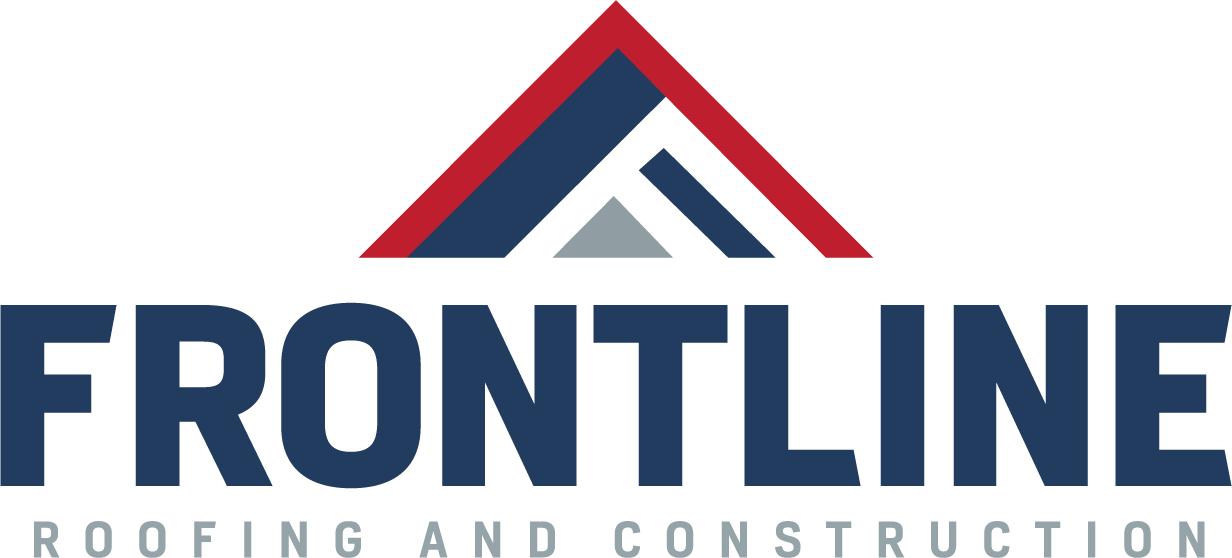The Best Roofing Materials for Energy Efficiency in Oklahoma
When it comes to roofing in Oklahoma, energy efficiency is a top priority for many homeowners. Given the state's diverse weather patterns, choosing the right roofing material can make a significant difference in energy consumption, comfort, and sustainability. In this article, we'll explore the best roofing materials for energy efficiency in Oklahoma, focusing on green roofing systems and sustainable roofing options that are both eco-friendly and cost-effective.
Understanding Energy Efficiency in Roofing
Energy-efficient roofing refers to materials and systems that help reduce the energy consumption of a building. This is achieved by reflecting more sunlight and absorbing less heat than a standard roof, which can help lower cooling costs. The right roofing material can also improve the overall comfort of your home by maintaining a more consistent indoor temperature.
Why It Matters in Oklahoma
Oklahoma's climate is characterized by hot summers and cold winters, with a fair share of storm activity. This variability makes energy-efficient roofing particularly important. During the summer months, a roof that reflects sunlight can significantly reduce cooling costs, while in the winter, it can help retain heat, reducing heating expenses.
Top Energy-Efficient Roofing Materials
Several roofing materials are known for their energy-efficient properties. Here, we focus on the best options for Oklahoma homeowners.
Cool Roofs
Cool roofs are designed to reflect more sunlight and absorb less heat than traditional roofs. They are made from highly reflective materials and coatings that can be applied to a variety of roofing materials, including asphalt shingles, metal, and tiles.
Benefits
Cost Savings: Reduce energy bills by lowering the need for air conditioning.
Increased Comfort: Maintain a cooler indoor temperature during hot months.
Extended Roof Life: Reduce thermal shock and material degradation.
Metal Roofing
Metal roofing is gaining popularity due to its durability and energy efficiency. It's available in various styles and colors, and can often be made from recycled materials, making it a sustainable choice.
Advantages
Reflectivity: Metal roofs reflect solar radiant heat, which can reduce cooling costs by up to 25%.
Longevity: Can last 40-70 years with proper maintenance.
Recyclability: At the end of its life, metal roofing can be recycled, reducing landfill waste.
Tile Roofing
Tile roofing, made from clay or concrete, offers excellent thermal properties and is ideal for energy efficiency. Although heavier than other materials, tiles provide natural insulation and reflectivity.
Pros
Insulation: Natural air flow beneath tiles aids in insulating the home.
Durability: Resistant to weather extremes, including high winds and hail.
Eco-Friendliness: Made from natural materials and can be recycled.
Sustainable Roofing Options
In addition to energy efficiency, many homeowners are also considering sustainability when choosing roofing materials. Sustainable roofing options not only lower energy costs but also reduce environmental impact.
Green Roofs
Green roofs, or living roofs, consist of vegetation planted over a waterproof membrane. They offer numerous environmental benefits and can be particularly effective in urban settings.
Benefits
Energy Conservation: Provide natural insulation, reducing heating and cooling needs.
Stormwater Management: Absorb rainwater, reducing runoff and potential flooding.
Biodiversity: Create habitats for wildlife in urban areas.
Recycled Roofing Materials
Using recycled materials for roofing is an excellent way to promote sustainability. Options include recycled metal, rubber, and even composite shingles made from recycled plastics and wood fibers.
Advantages
Resource Conservation: Reduces the need for new raw materials.
Waste Reduction: Diverts waste from landfills.
Energy Efficiency: Many recycled materials offer good thermal performance.
Choosing the Right Roofing Material
Selecting the best roofing material for your home involves considering several factors beyond energy efficiency and sustainability.
Climate and Weather Conditions
Oklahoma's weather should play a significant role in your decision. Consider materials that can withstand high winds, hail, and temperature fluctuations.
Budget and Cost
While some energy-efficient and sustainable roofing materials may have a higher upfront cost, they often result in long-term savings on energy bills and maintenance.
Aesthetic Preferences
Finally, consider the look you want to achieve. Many energy-efficient roofing materials come in various styles and colors, allowing you to match your home's architecture.
Conclusion
Choosing the right roofing material is crucial for energy efficiency and sustainability in Oklahoma. By considering options like cool roofs, metal roofing, and green roofs, you can reduce your energy consumption and environmental impact while enhancing your home's comfort and value. Whether you prioritize cost savings, durability, or eco-friendliness, there's an energy-efficient roofing solution to meet your needs.
Contact Frontline Roofing & Construction
Ready to enhance your home's energy efficiency with the best roofing materials? Contact Frontline Roofing & Construction today for a consultation! Our team of experts is here to help you choose the perfect roofing solution tailored to your needs. Don't wait—improve your home's comfort and sustainability now!


